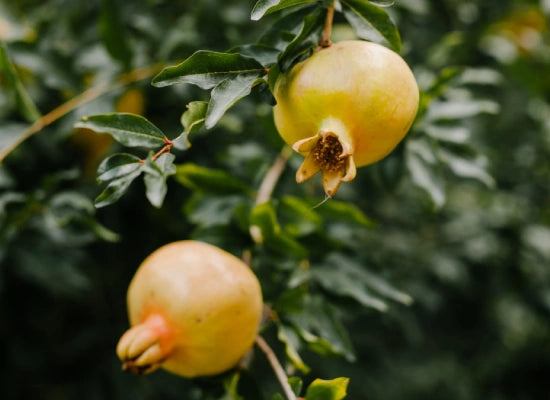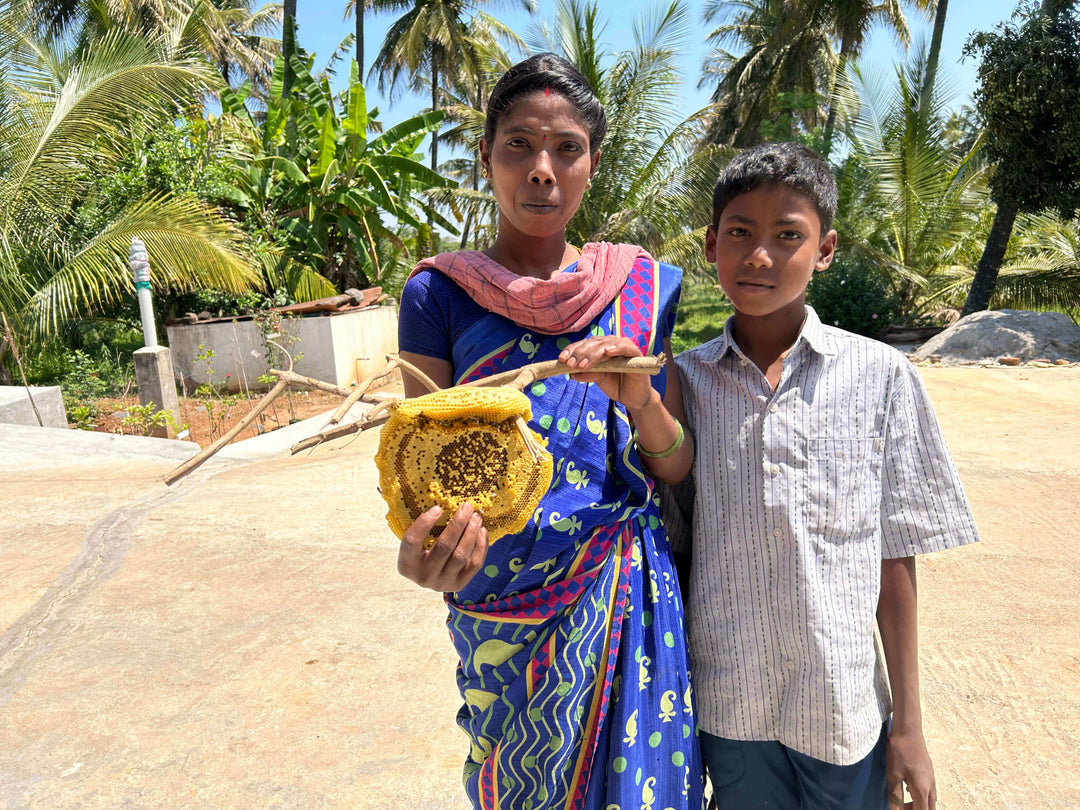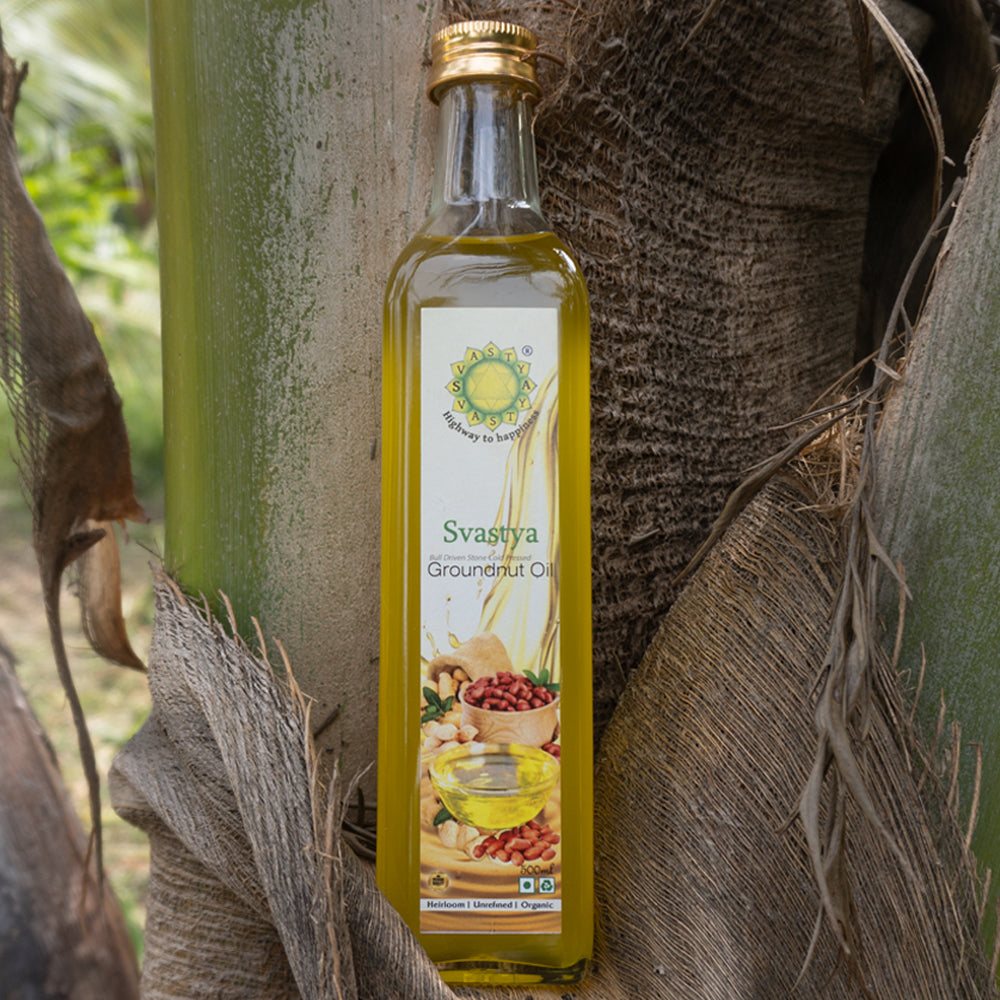SOIL = SOUL
The essence of life.
Celebrating the Essential Work of Farmers at SOF
At SOF every year we celebrate all the work farmers do to provide the groundwork for our food system. The foundation for both human and animal health is laid here.
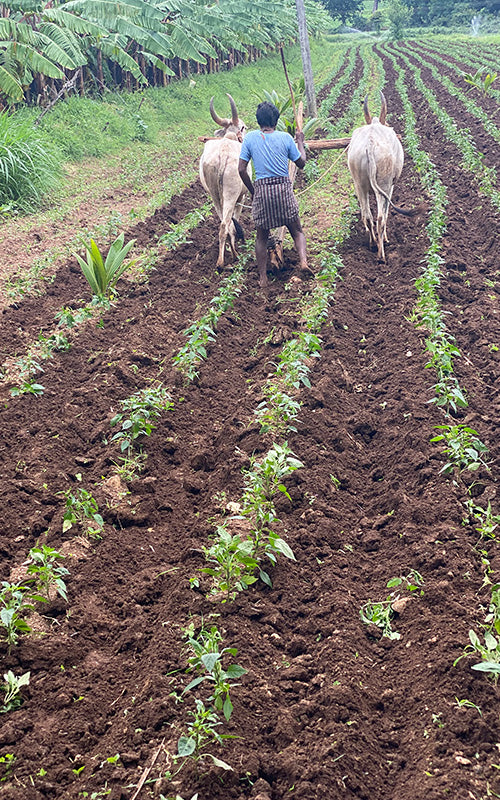
Traditional tillage techniques to capture more carbon.
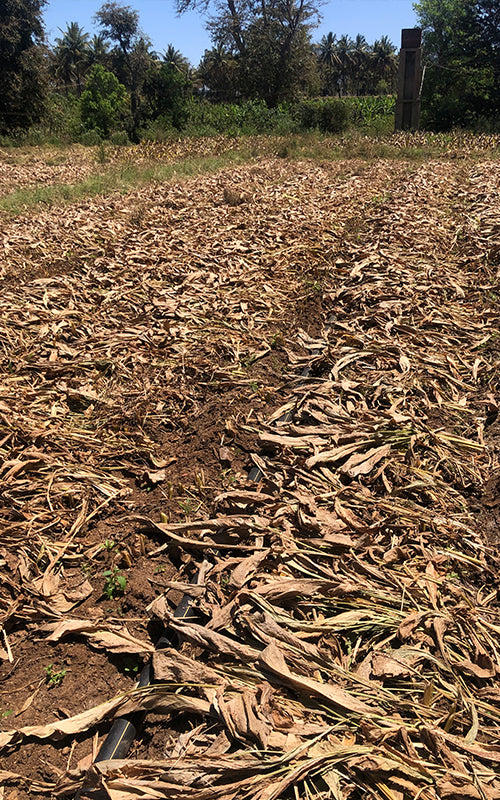
Mulching technique is used to cover naked soil.
Soil will always be the solid foundation of every organic farm, but our understanding of it is evolving. New information is telling us how and why regenerative organic agriculture practised by our ancestors leads to healthy soil, healthy people, and a healthy planet, thanks to the efforts of ancestors across the planet.
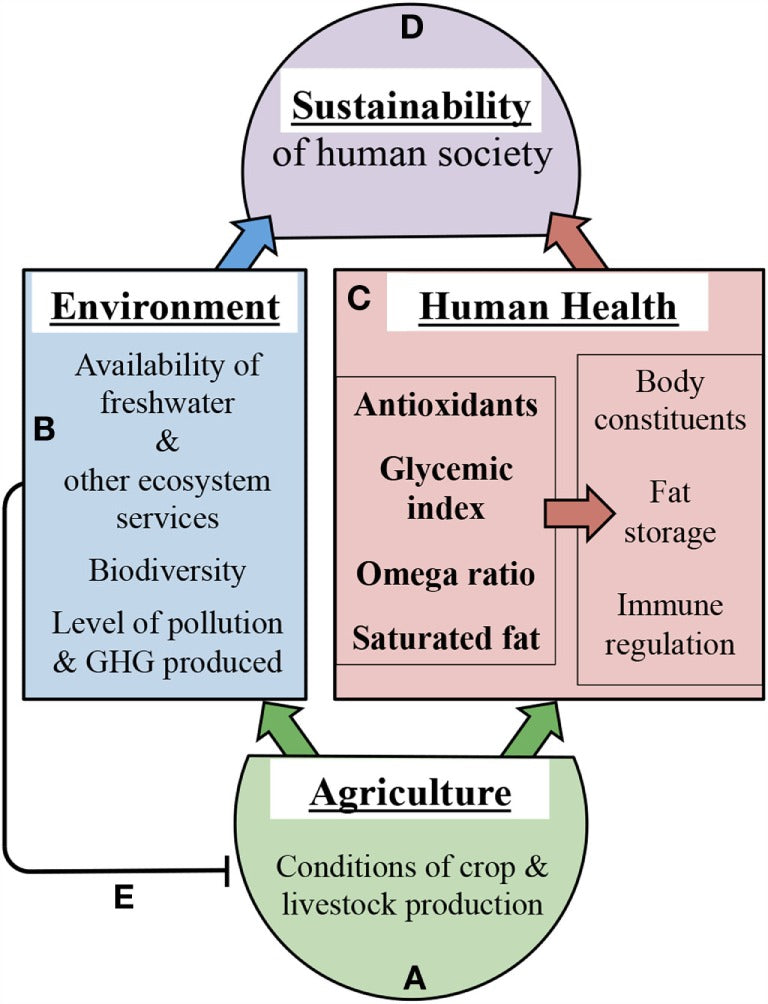
The process of pedogenesis, or soil development, is gradual. To cover one mm of soil, it could take a few years to a century. We run the risk of losing the health benefits of our soils more quickly than they can be replaced, however, as soils all over the world are in danger.
The researchers found that fruits produced under organic farming generally contained more vitamins, more flavour compounds such as phenolics, and more antioxidants when compared with conventional farming. Many factors are at play here, but pest and soil management strategies that benefit soil organisms and their relationship with plants are part of the equation.
When compared to fruits grown conventionally, the researchers discovered that fruits grown organically typically contained more vitamins, flavouring compounds like phenolics, and antioxidants. Pest and soil management techniques that benefit soil organisms and their interactions with plants are among the many factors at play in this
situation.
